
Dopo aver installato e configurato Osticket 1.10 su Ubuntu Server 16.04
Installazione e Configurazione osTicket v1.10 su Linux Server Ubuntu 16.04
mi sono reso conto che tutti gli Help e alcuni pulsanti di configurazione lato bak-end mostravano dei popup bianchi come mostrato nelle figure seguenti.
Per risolvere questo problema basta fare in modo che il nostro sistema osticket con Nginx utilizzi SSL.
Per non sbagliarvi seguite gli steps elencati di seguito:
- Configurare SSL per Nginx – [dt_button link=”https://www.raffaelechiatto.com/creare-un-certificato-ssl-nginx-ubuntu-server-16-04/” target_blank=”true” button_alignment=”default” animation=”fadeIn” size=”medium” style=”link” text_color_style=”context” text_hover_color_style=”accent” icon=”fa fa-chevron-circle-right” icon_align=”left”]VAI ALL’ARTICOLO[/dt_button]
- Una volta configurato il certificato SSL per Nginx basterà modificare il listato del file osticket con il comando
|
0 |
sudo nano /etc/nginx/sites-available/osticket |
Cancelliamo quindi tutto ed inseriamo la seguenti righe:
|
0 1 2 3 4 5 6 7 8 9 10 11 12 13 14 15 16 17 18 19 20 21 22 23 24 25 26 27 28 29 30 31 32 33 34 35 36 37 38 39 40 41 42 43 44 45 46 47 48 49 50 51 52 53 54 55 56 57 58 59 60 61 62 63 64 65 66 |
server { server_name SERVER.DOMINIO.COM; listen 80; listen [::]:80; return 301 https://$server_name$request_uri; } server { # SSL configuration server_name SERVER.DOMINIO.COM; listen 443 ssl http2; listen [::]:443 ssl http2; include snippets/self-signed.conf; include snippets/ssl-params.conf; root /var/www/osticket/upload; index index.php index.html index.htm; set $path_info ""; # Deny access to all files in the include directory location ~ ^/include { deny all; return 403; } # Deny access to apache .ht* files (nginx doesn't use these) location ~ /\.ht { deny all; } # Requests to /api/* need their PATH_INFO set, this does that if ($request_uri ~ "^/api(/[^\?]+)") { set $path_info $1; } # /api/*.* should be handled by /api/http.php if the requested file does not exist location ~ ^/api/(tickets|tasks)(.*)$ { try_files $uri $uri/ /api/http.php; } # /scp/ajax.php needs PATH_INFO too, possibly more files need it hence the .*\.php if ($request_uri ~ "^/scp/.*\.php(/[^\?]+)") { set $path_info $1; } # Make sure requests to /scp/ajax.php/some/path get handled by ajax.php location ~ ^/scp/ajax.php/(.*)$ { try_files $uri $uri/ /scp/ajax.php; } if ($request_uri ~ "^/ajax.php(/[^\?]+)") { set $path_info $1; } location ~ ^/ajax.php/.*$ { try_files $uri $uri/ /ajax.php; } location / { index index.php; # try_files $uri $uri/ /index.php$is_args$args; } location ~ \.php$ { try_files $uri =404; # fastcgi_split_path_info ^(.+\.php)(/.+)$; fastcgi_pass unix:/run/php/php7.0-fpm.sock; fastcgi_index index.php; include fastcgi_params; fastcgi_param SCRIPT_FILENAME $document_root$fastcgi_script_name; fastcgi_param SCRIPT_NAME $fastcgi_script_name; fastcgi_param PATH_INFO $path_info; } location = /50x.html { root /var/www/html; } error_page 404 /404.html; error_page 500 502 503 504 /50x.html; } |
NOTA BENE: Sostituire al posto del SERVER.DOMINIO.COM (sono solo due righe) il nome del nostro server.
Salvate il file e riavviate il server.
Adesso se provate a richiamare il link di osticket noterete che andrà in automatico in HTTPS
E se accedete nel back-end noterete che le finestre di popup non sono più bianche
A questo punto potete procedere alla configurazione e personalizzazione del vostro osTicket.

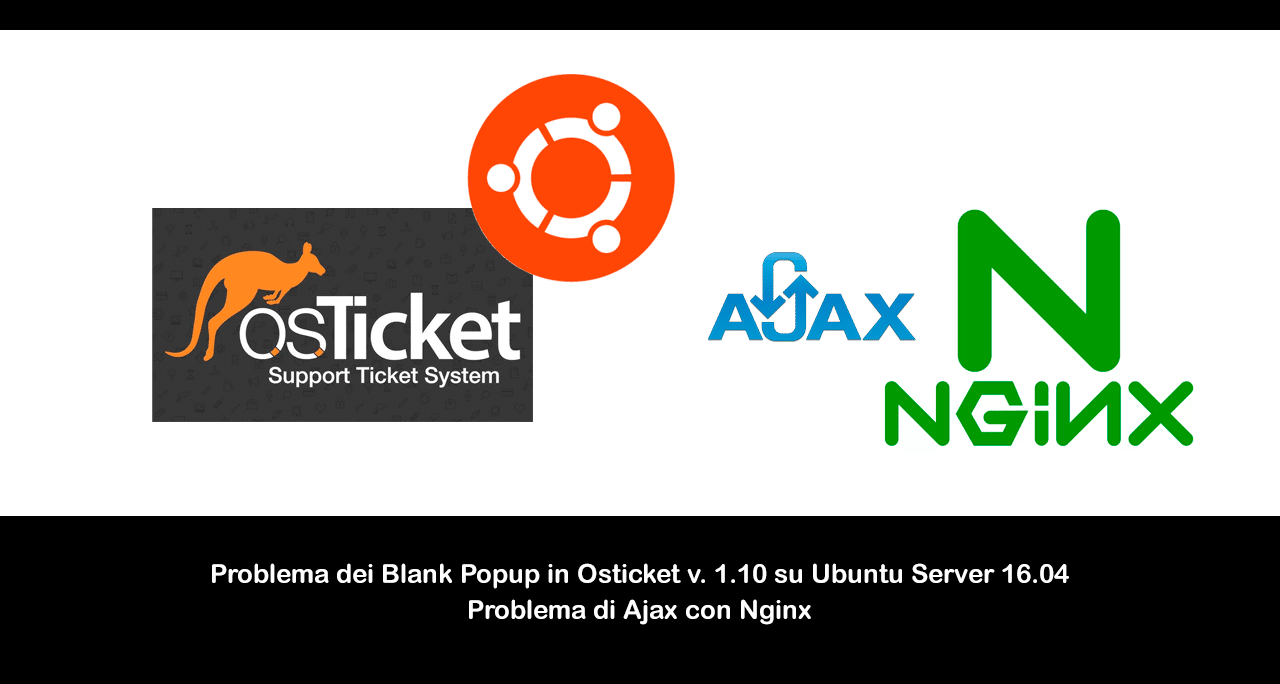

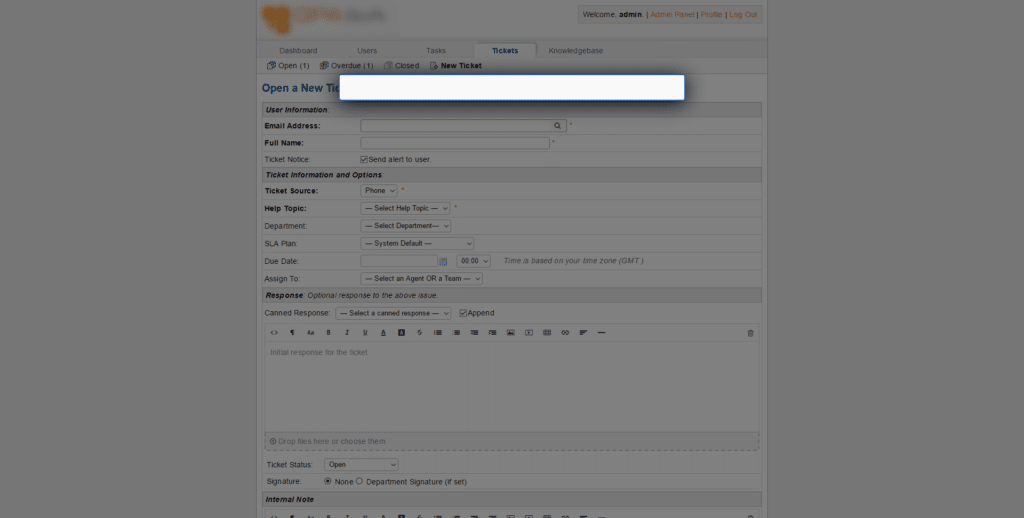
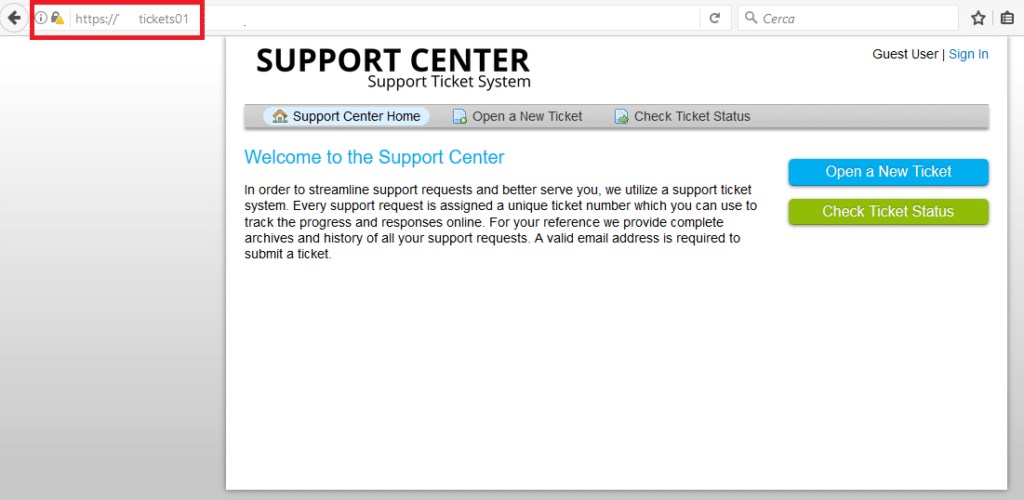
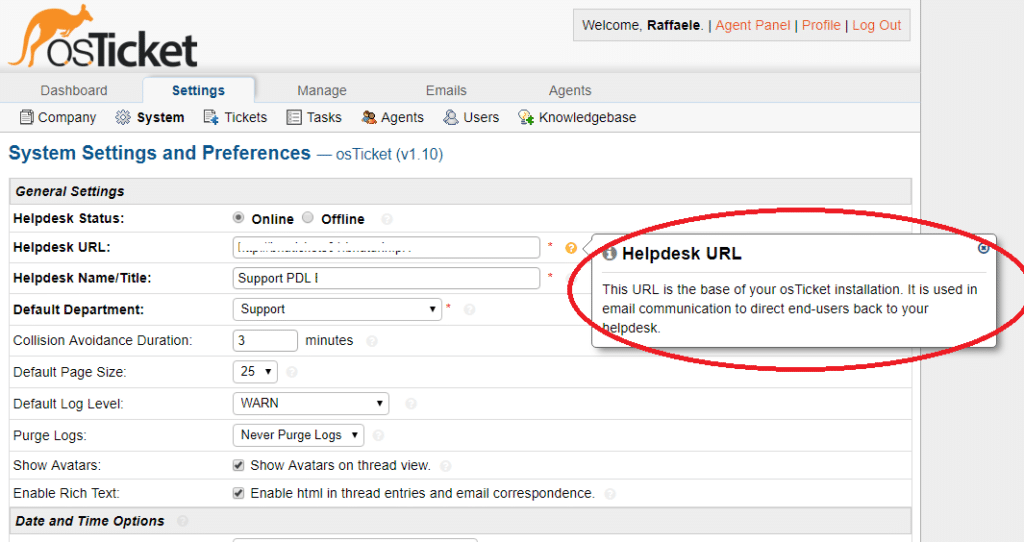









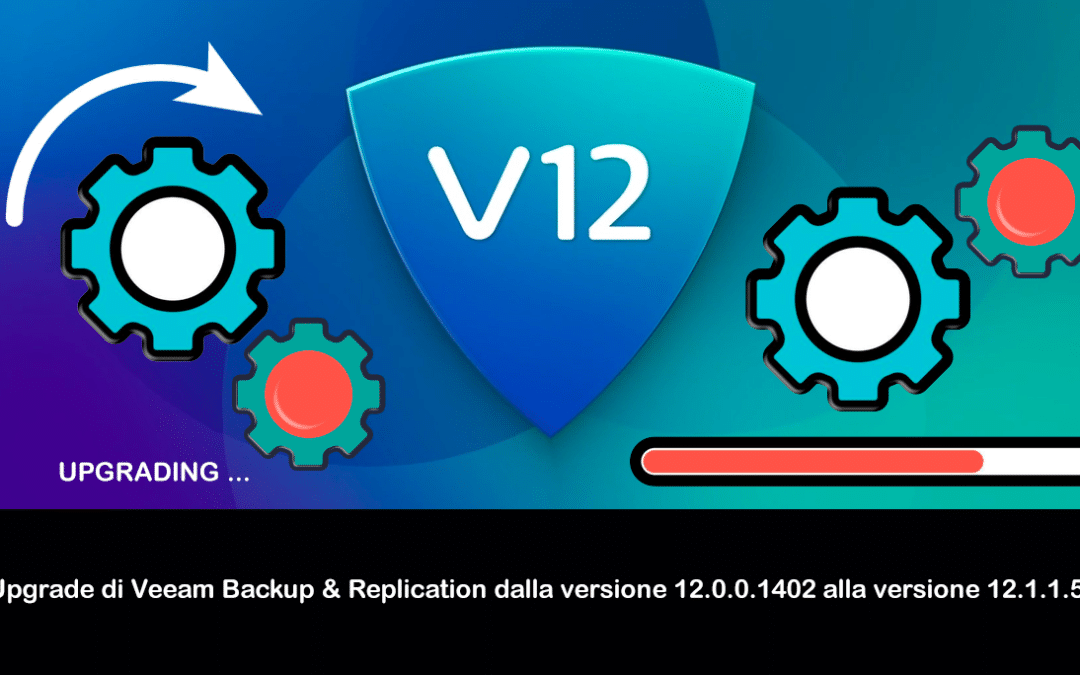







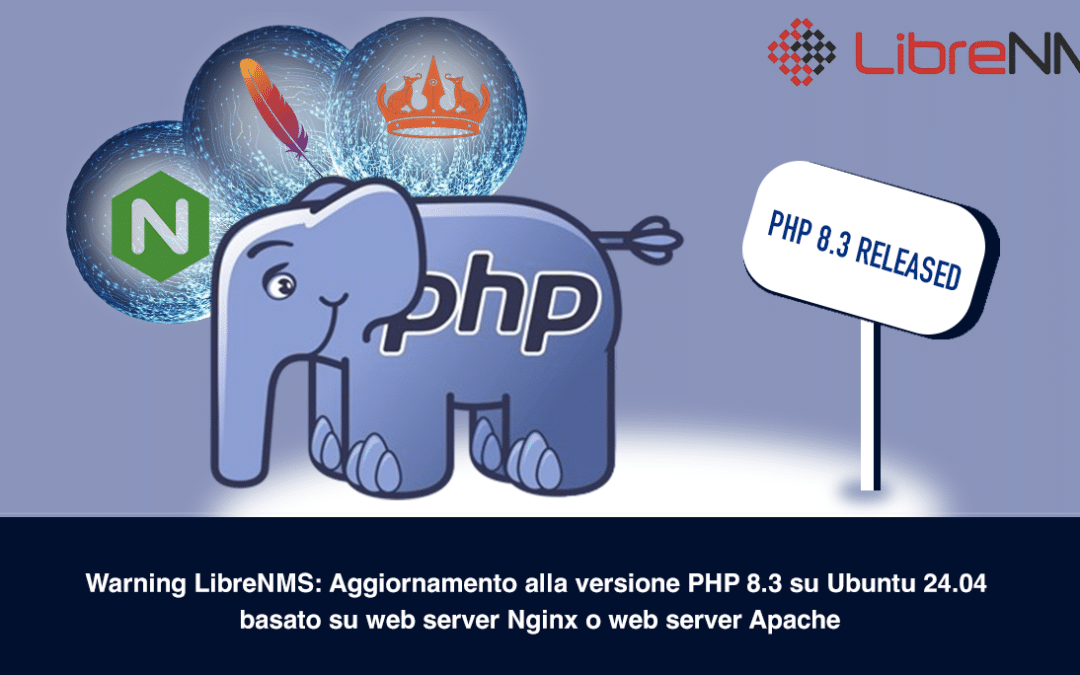
![Errore in LibreNMS: Python3 module issue found: ‘Required packages: [‘PyMySQL!=1.0.0’, ‘python-dotenv’, ‘redis>=4.0’, ‘setuptools’, ‘psutil>=5.6.0’, ‘command_runner>=1.3.0’]](https://www.raffaelechiatto.com/wp-content/uploads/2024/09/Errore_in_LibreNMS_Python3_module_issue_found-1080x675.png)




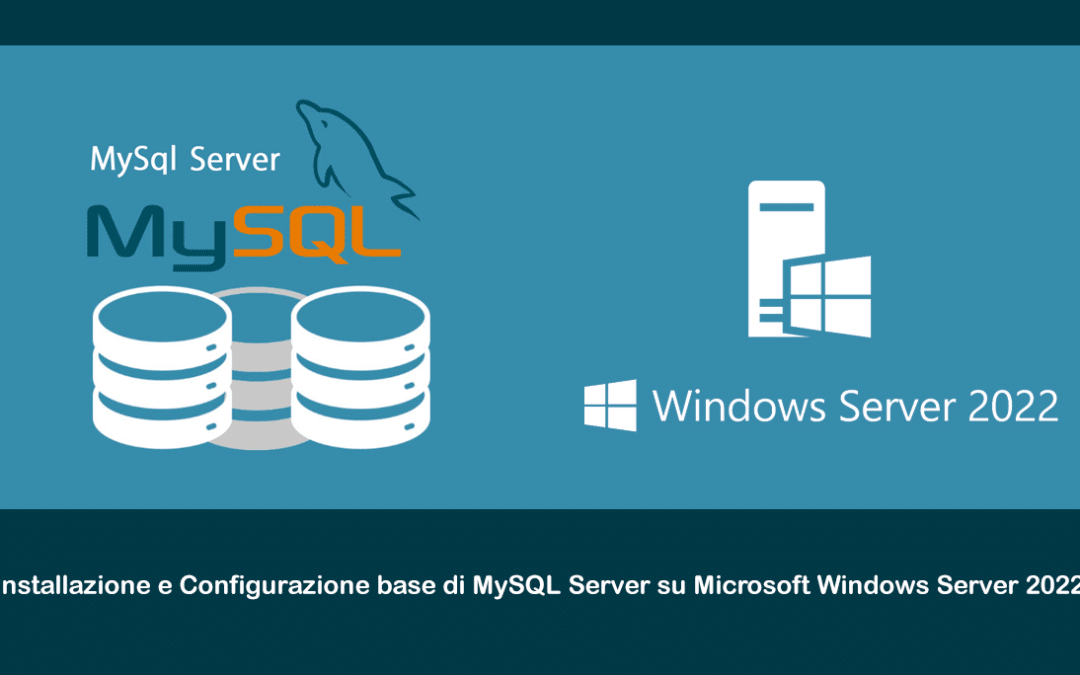

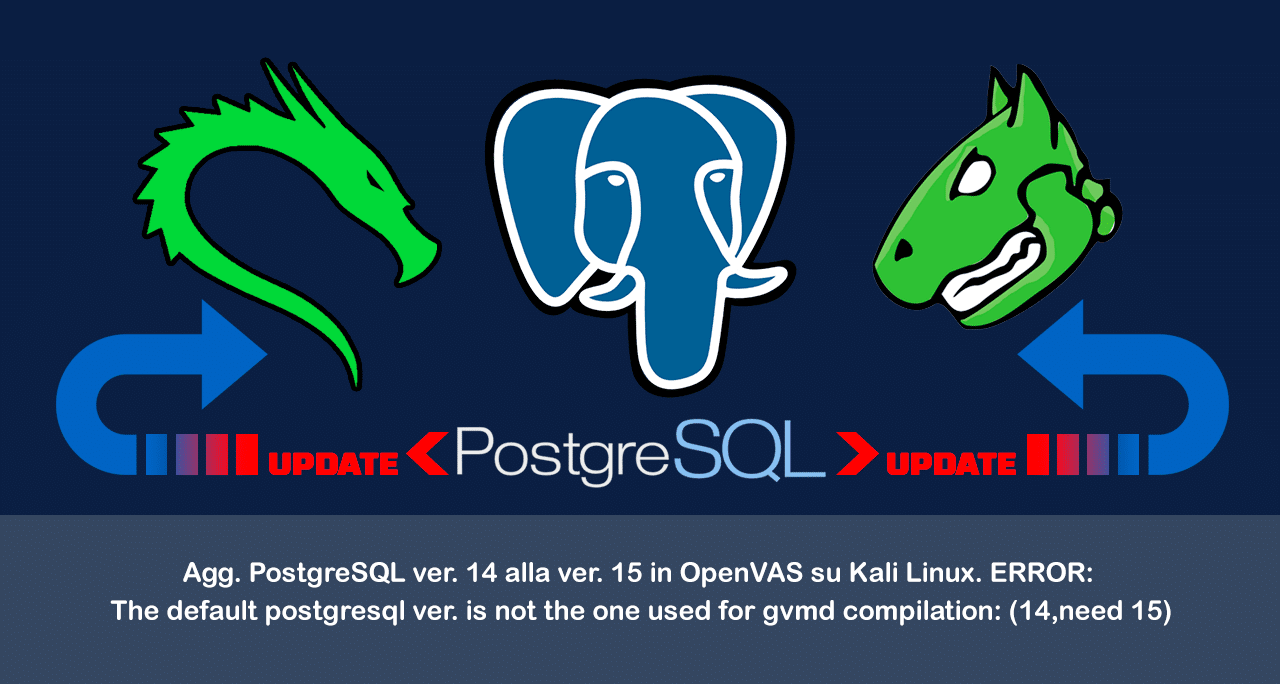








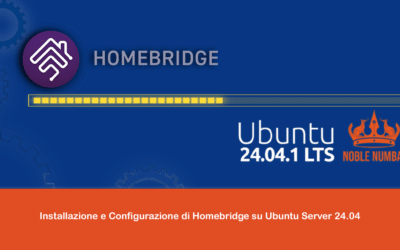

Grande! Tra mille che hanno provato tu ci sei riuscito! GRANDE!!!
Adesso il mio funza…